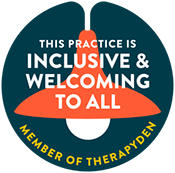The #1 thing that destroys marriages is not always dramatic as it is often something that quietly erodes the bond over time: a breakdown in communication. When couples stop truly talking and listening to each other, small misunderstandings turn into major resentments. Conversations become arguments, emotional distance grows, and partners begin to feel unheard or unloved. Without open, honest, and empathetic communication, even the strongest relationships can start to crumble.
Healthy communication is the heartbeat of every successful marriage. It is what allows couples to navigate conflict, share dreams, express needs, and maintain emotional intimacy. When that connection fades, partners can drift apart, not because they stopped loving each other, but because they stopped understanding each other. Recognizing the signs of poor communication and making intentional efforts to rebuild it can mean the difference between a relationship that merely survives and one that truly thrives.






























